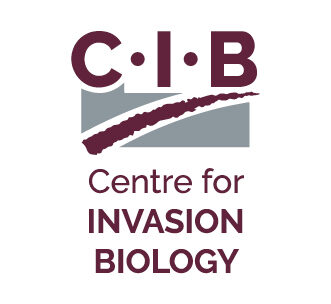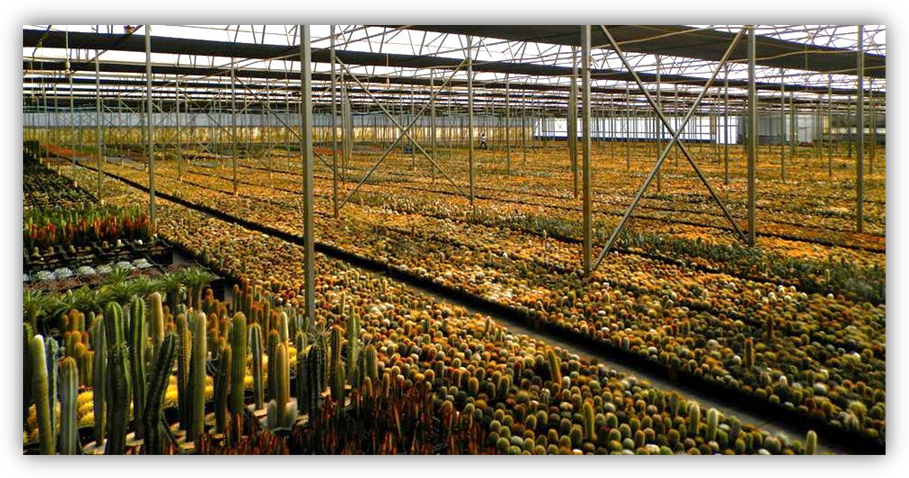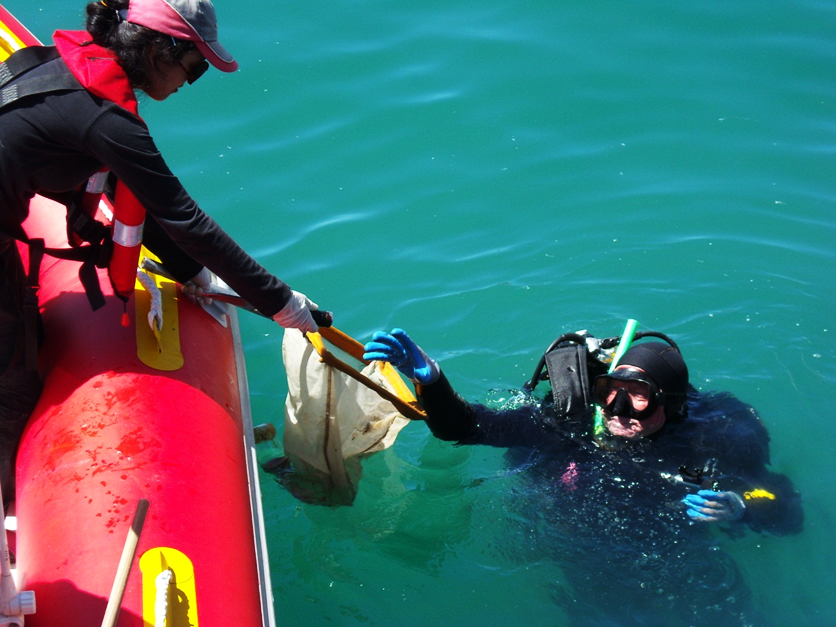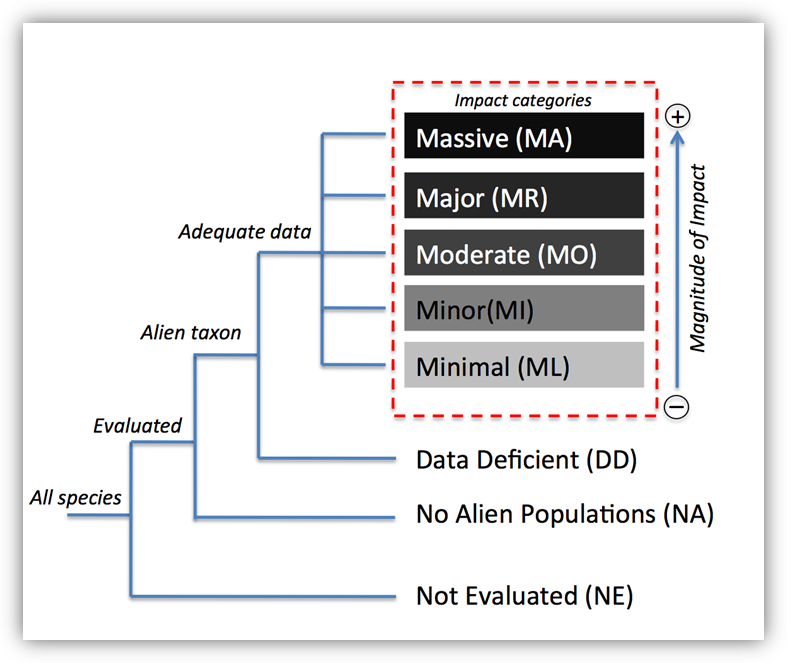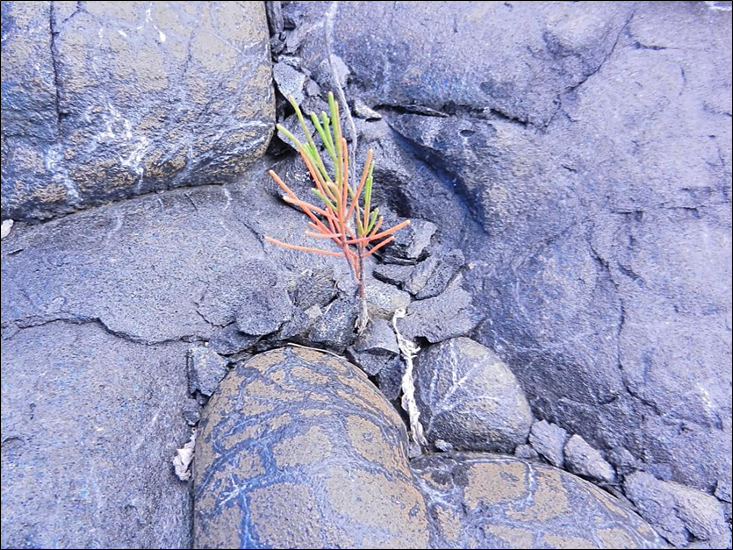A prickly situation – C·I·B study supports National Strategy for invasive cacti
Cactus plants are a familiar sight in many gardens and nurseries throughout South Africa. However, native to North and South America, these plants are becoming serious invaders across South Africa. In 1976, 12 species were reported as invasive, now, already 34 species are considered problematic. They all share certain characteristics which include heavy fruiting, vegetative reproduction, spines, good dispersal mechanisms and a lack of natural enemies because of their taxonomic isolation. In response to this threat, in June 2012, a national Cactus Working Group (CWG) was called into action to develop a strategy for the control of invasive cacti.
